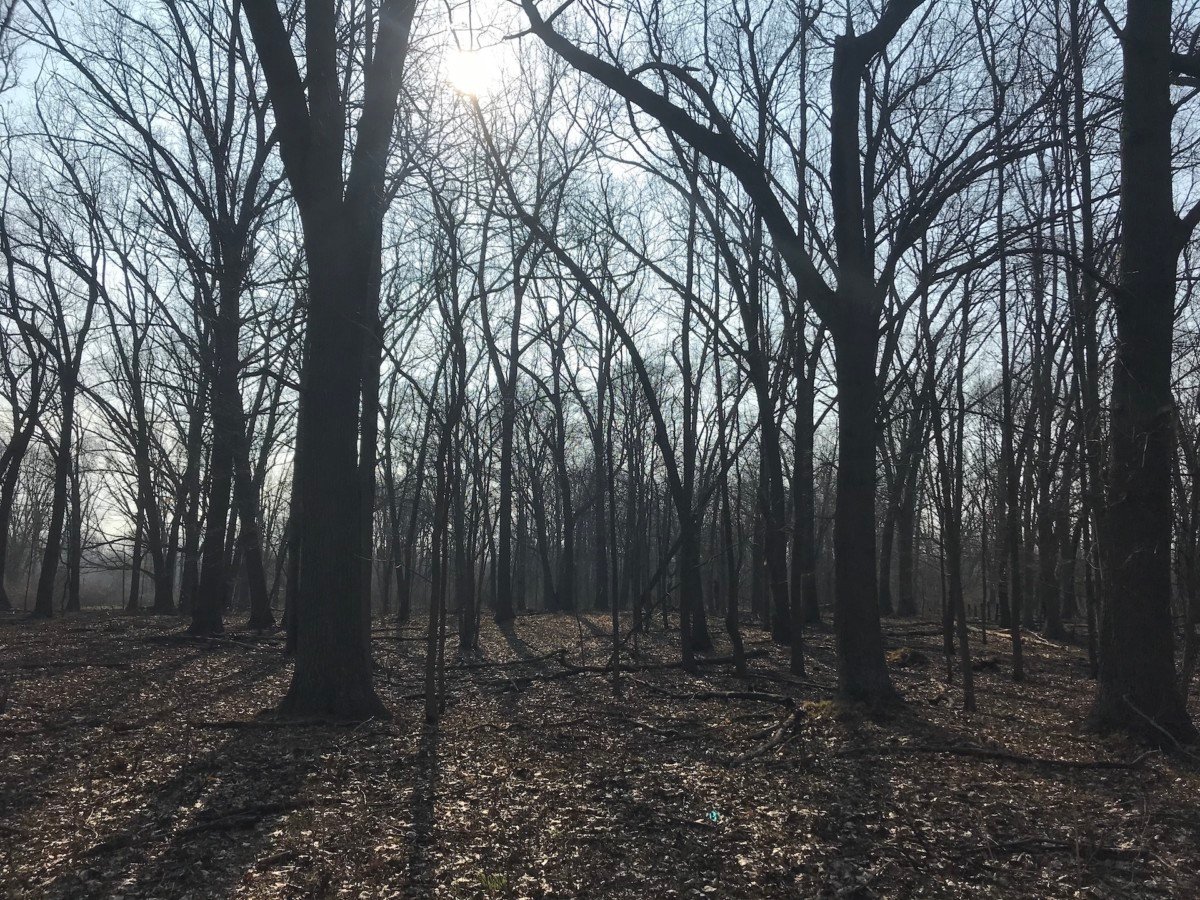Garlic mustard pulls paying off in Leamington
By Peggy Hurst
On Saturday, May 2, Gerry Waldron and I met at the Heinz Woodlot, a.k.a. Carolina Woods, in Leamington to continue our annual battle with garlic mustard.
It was a lovely bug-free, rain-free morning. It was evident immediately that our efforts in past years are succeeding. The garlic mustard that remains is on the edges, along the garbage-strewn fence beside the school, the north edge, and along the fences dividing the woodlot from the residential areas to the east and south, where leaves and old hydrangeas have been dumped.
It’s funny how our native plants can’t germinate under six inches of leaves but some garlic mustard can. It’s funny how the people living adjacent to this treasure find it easier to haul their garden waste into the woodlot to dump and to lift their leaves over the backyard fence. This community has free leaf pickup, a service paid for through their property taxes. Residents just have to rake them into the street; no bagging needed. Funny.

Still, there are still large areas of uncontaminated native plants happily germinating, blooming and coming up after the winter. So far, only the east and south edges of the park are contaminated with yard waste. The west edge has a trail, where garlic mustard encroaching from the municipal drain is the only invader.

Gerry and I pulled for two hours and managed to clear the north, east and south edges of the woodlot.

We found huge patches of bloodroot , mayapple, wild leeks and skunk cabbage. There are still no deer, so there are Michigan lilies. Any trilliums were stolen years ago.
We found a 15-inch bong that I brought home to plant something in.
We were surprised to find a healthy population of eastern moles. These have not been recorded in this area. Love that sandy soil.
We also saw five eastern garter snakes finding some warmth.
Sunday, May 3, Carl Maiolani spent nearly two hours clearing the west edge of the woodlot.
Next year, we may be able to start removing garlic mustard along the municipal drain and widening our mustard-free zone.
Perhaps in a couple of years, we can just meet there for a nice walk; who knows?














You must be logged in to post a comment.